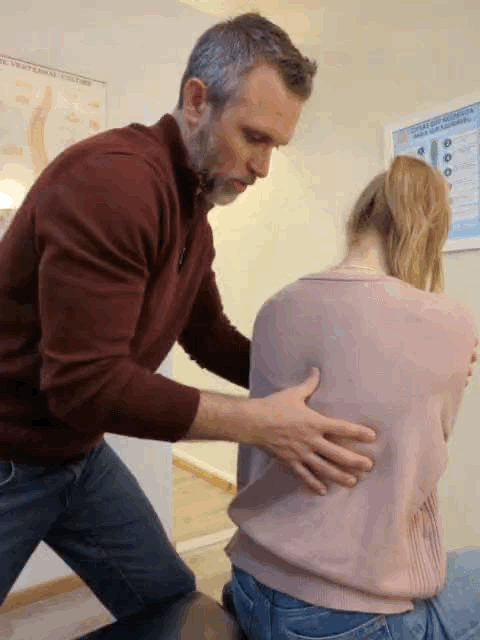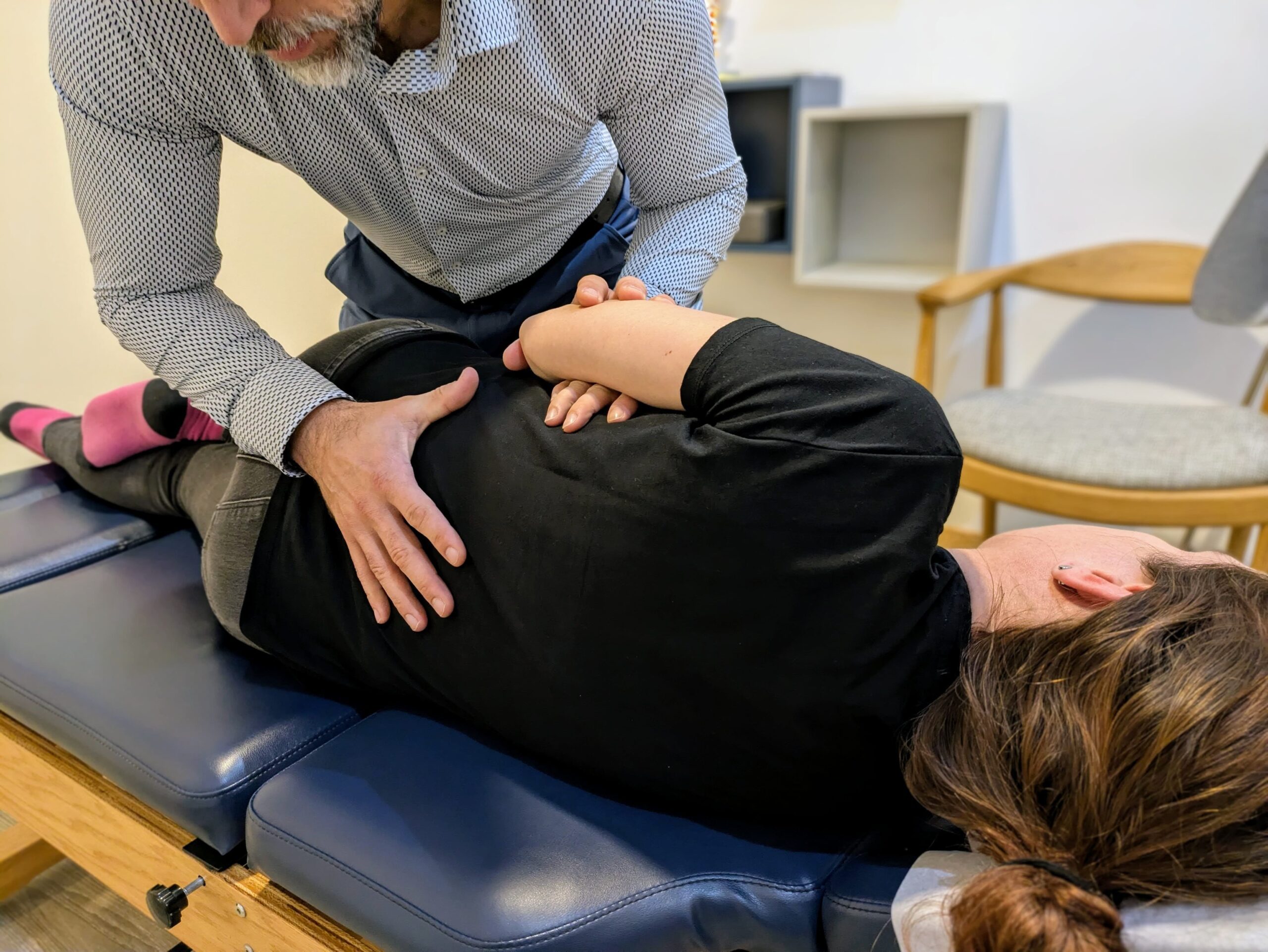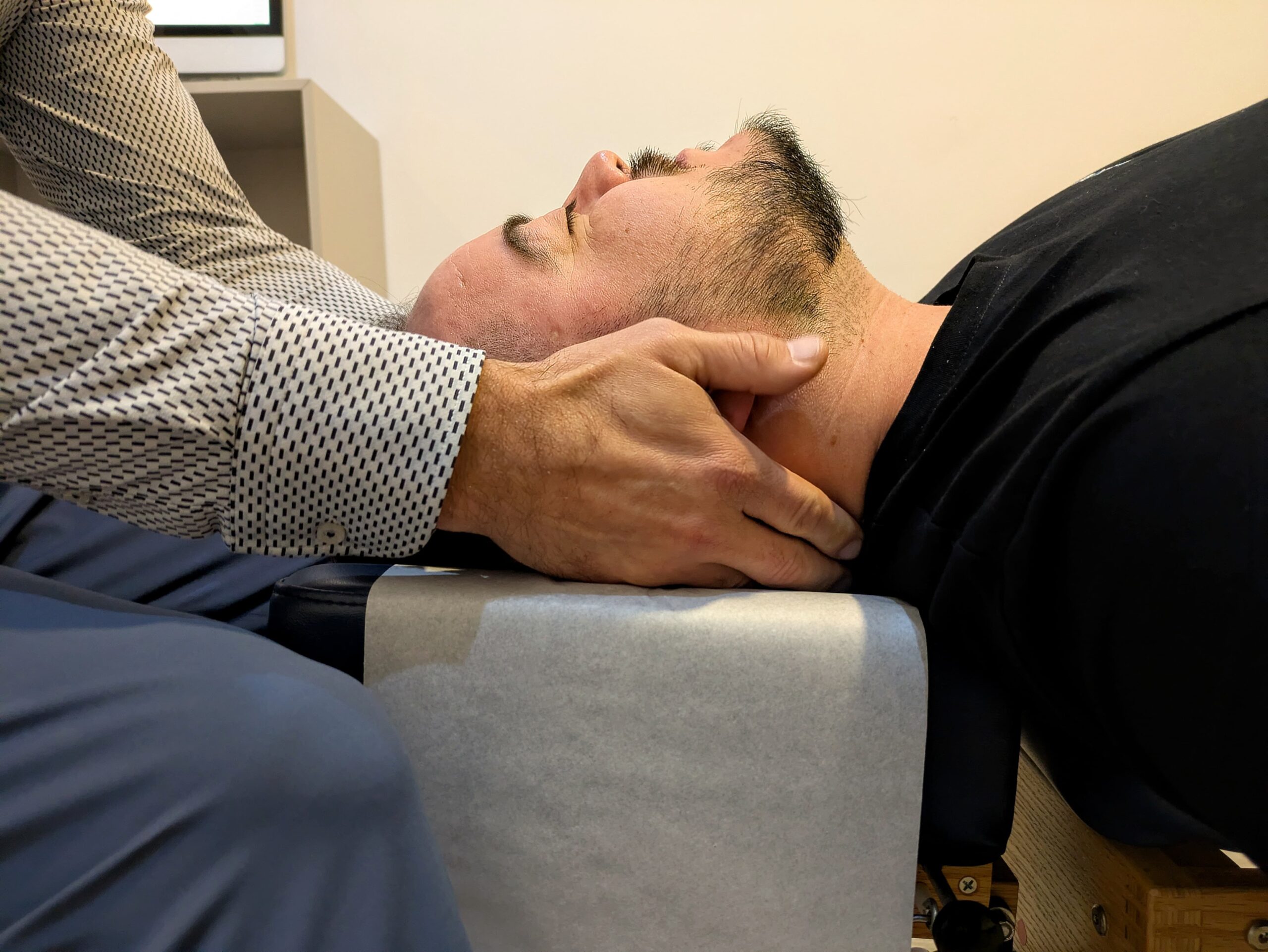Movement, Symptom Relief, and Long-Term Prevention


Continuing our series on assessing the Vertebral Subluxation Complex (VSC), we now turn to the mobility component. While our previous posts have addressed alignment and other factors, checking how each vertebral segment moves is just as crucial. A spine that lacks adequate mobility not only risks early degeneration but can also perpetuate daily aches, stiffness, and functional limitations.
Below, we explore why evaluating global spinal range of motion and intersegmental movement (via motion palpation) matters, how “healthy” motion can vary among individuals, and what we typically do when we detect mobility restrictions.
1. Global Range of Motion: A Big-Picture Look
What It Is
We assess the ability to bend forward (flexion), lean back (extension), twist (rotation), and tilt side-to-side. Recognizing that “normal” can differ by factors like age, activity level, and even genetics, we look for patterns of restriction or discomfort rather than a single strict standard.
Why It Matters for Symptom Relief
∘ Functional Freedom: Day-to-day comfort—like turning your head to check traffic or bending to pick up groceries—depends on each part of the spine moving smoothly.
∘ Balanced Load: If any section of the spine can’t move through its expected range, neighboring segments or muscle groups might take on extra stress, increasing the likelihood of pain flare-ups or muscle fatigue.
∘ Preventing Wear: Research shows that inadequate movement speeds up stress on discs and ligaments (Adams & Roughley, 2006; Shirazi-Adl et al., 2010). When we catch restrictions early, we can intervene before that stress escalates into chronic discomfort or degenerative changes.
Bridging to the Next Step: While this “big-picture” testing helps us see overall limitations, we also need to pinpoint the exact location of any underlying blockages—hence the next step: motion palpation.



2. Motion Palpation: Zeroing in on Restrictions
What It Is
Motion palpation involves the chiropractor gently moving each spinal segment (or guiding you to move) to feel for subtle “locks” or reduced glide between vertebrae. This is more precise than a global range-of-motion test, as it targets specific joints.
Why It Matters for Daily Activities
∘ Accurate Localization: Identifying specific segments that aren’t moving well allows us to address the root of a patient’s discomfort more directly.
∘ Proprioceptive Impact: Stiff or immobile joints disrupt the flow of information to the nervous system (Frymoyer, 1997). This can make posture or coordination problems worse, even if the main symptoms show up elsewhere.
∘ Example—Trouble Rotating While Driving: Picture someone who can’t rotate their trunk far enough to check for oncoming cars without pain. During motion palpation, we might find reduced mobility at the mid-back, explaining why the person’s range of torso rotation is limited and why they’re feeling extra strain in their shoulder or neck.
Bridging to Long-Term Prevention: After we identify these “locked” segments, we can craft a specific care plan that may include adjustments and home exercises to restore healthier motion.
3. Individual Differences in a “Healthy Spine”
Not all spines are created equal. Age, overall fitness, past injuries, and job demands can all shape what’s “normal” for you. A 25-year-old athlete might show impressive ranges of motion, whereas a 60-year-old office worker could have mild limitations yet still be relatively “normal” for their context. Our job is to detect meaningful restrictions that could harm your quality of life or speed up degenerative processes.
4. Addressing Restrictions and Supporting the Care Plan
Typical Steps When We Find Limited Mobility
1. Chiropractic Adjustments: Targeted to the restricted segments to restore joint play and proper positioning.
2. Rehab Exercises: Simple stretches or strengthening moves can help maintain any gains in mobility.
3. Lifestyle Guidance: We may suggest changes in posture, daily habits, or ergonomics to reduce ongoing strain.
4. Follow-Up Evaluations: We repeat these mobility checks at set intervals in your care plan—often halfway through and again near the end—to confirm improvement or adjust the strategy.
Why It Matters for Degeneration
Ongoing immobility can lead to bone spurs, ligament stiffening, and thinning discs over time (Adams & Roughley, 2006; Shirazi-Adl et al., 2010). Regular re-checks are like preventive maintenance: by monitoring changes, we help you avoid the slow slide into chronic stiffness or recurrent pain.




Bringing It All Together
In sum, evaluating spinal mobility goes hand in hand with our assessment of alignment and neurological function. While a global range-of-motion test shows where you might be struggling overall, motion palpation zeroes in on the exact segments that are stiff or “locked.” Detecting these issues early can relieve symptoms in day-to-day movements—like twisting in your car seat—and ultimately fend off degenerative changes.
It’s a critical piece of the puzzle. By catching and correcting limitations in motion, we help protect both your comfort today and your spinal health tomorrow.
